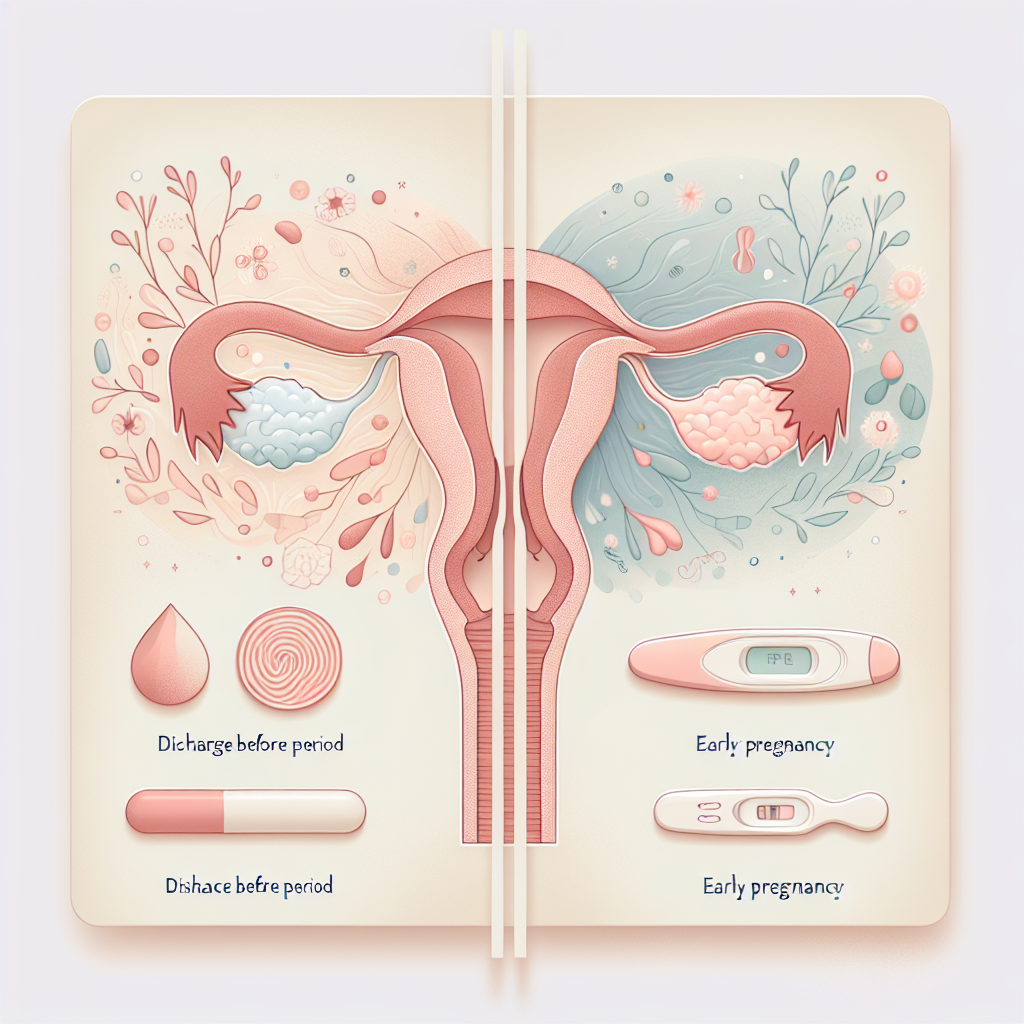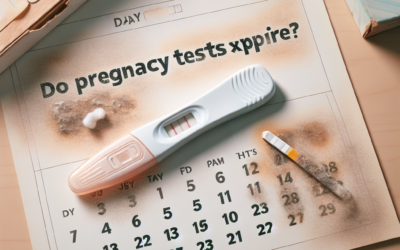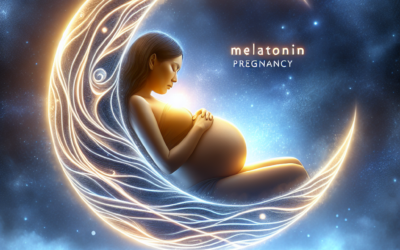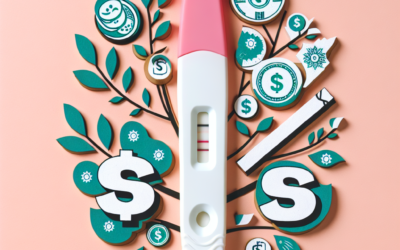Introduction
When it comes to a woman’s reproductive health, discharge can offer key insights into various stages of the menstrual cycle and pregnancy. For those who are trying to conceive or are experiencing symptoms of early pregnancy, understanding the differences between menstrual cycle discharge and early pregnancy discharge can be crucial. This article will explore the characteristics of both types of discharge, helping you to differentiate between the two.
What is Discharge?
Discharge refers to the fluid that is produced by the glands in the cervix, vagina, and uterus. It plays a vital role in maintaining vaginal health, keeping the area moist, and preventing infections. The consistency and appearance of discharge can change throughout the menstrual cycle and during early pregnancy.
Discharge Before Your Period
Before your period, hormone levels fluctuate, causing changes in vaginal discharge. Typically, the discharge before menstruation may appear as:
- Texture: Creamy or lotion-like.
- Color: Ranges from clear to white.
- Quantity: Often increases in the days leading up to your period.
- Odor: Usually mild or odorless.
This form of discharge is mainly influenced by increasing levels of progesterone after ovulation. Many women also experience an increase in PMS symptoms, which may accompany the discharge.
Normal Early Pregnancy Discharge
When conception occurs, hormonal changes also affect discharge, often leading to an increase in volume and altering its consistency. Early pregnancy discharge may be characterized by:
- Texture: Thick, creamy or slightly sticky.
- Color: Clear or milky white.
- Quantity: Generally increased compared to pre-menstrual discharge.
- Odor: Again, mild or odorless.
This discharge is often due to increased levels of progesterone and estrogen. It serves as a protective barrier and helps to keep the vagina healthy.
Key Differences Between Pre-Menstrual and Early Pregnancy Discharge
While both pre-menstrual and early pregnancy discharges can appear similar, some key differences can help you better distinguish between them:
- Timing: If you notice increased discharge shortly after ovulation, it might be indicative of early pregnancy. In contrast, increased discharge before your period usually occurs about a week after ovulation.
- Accompanying Symptoms: Early pregnancy might be accompanied by other symptoms such as nausea, fatigue, and breast tenderness, while pre-menstrual discharge might correlate with typical PMS symptoms.
- Cervical Mucus: During early pregnancy, cervical mucus can be thicker and stickier, whereas before your period, it generally tends to be less viscous.
When to See a Doctor
While discharge can provide helpful clues, it’s essential to monitor it for any worrying changes. If you experience:
- A sudden change in color or smell, particularly if it has a fishy odor.
- Discharge accompanied by itching, burning, or irritation.
- Heavy discharge that soaks through a pad or requires frequent changing.
It is advisable to consult a healthcare professional for an accurate diagnosis.
Conclusion
Understanding the differences between discharge before your period and discharge during early pregnancy can alleviate confusion and aid in monitoring reproductive health. If you’re trying to conceive, keeping track of changes in your discharge can offer valuable insights into your cycle or early pregnancy. However, don’t hesitate to reach out to a healthcare provider if you have concerns or questions about your discharge or general reproductive health.














